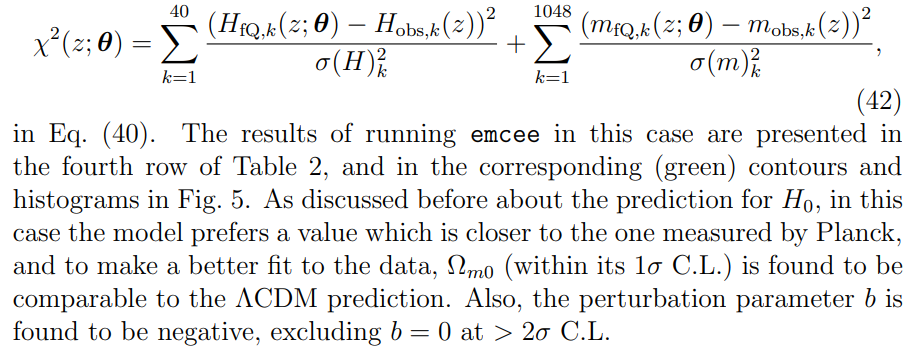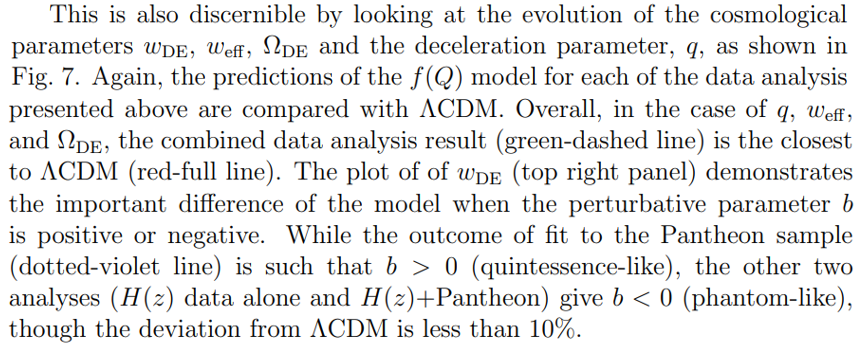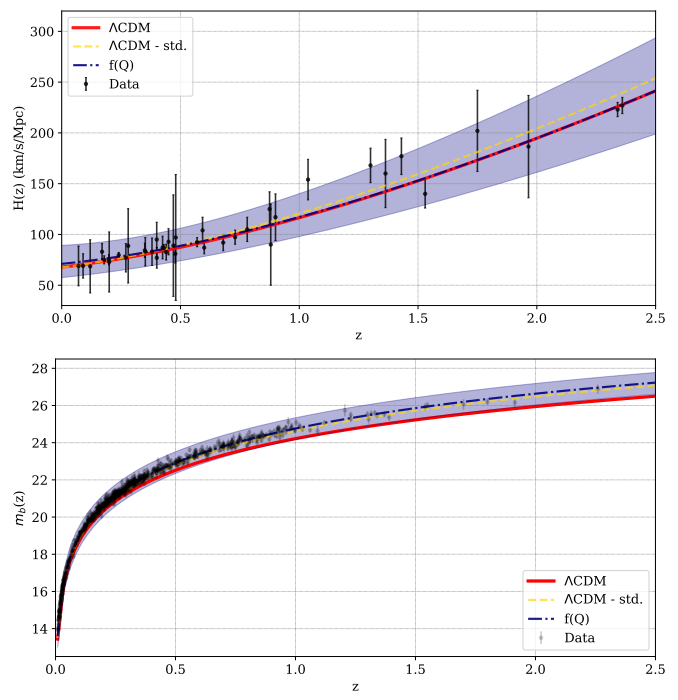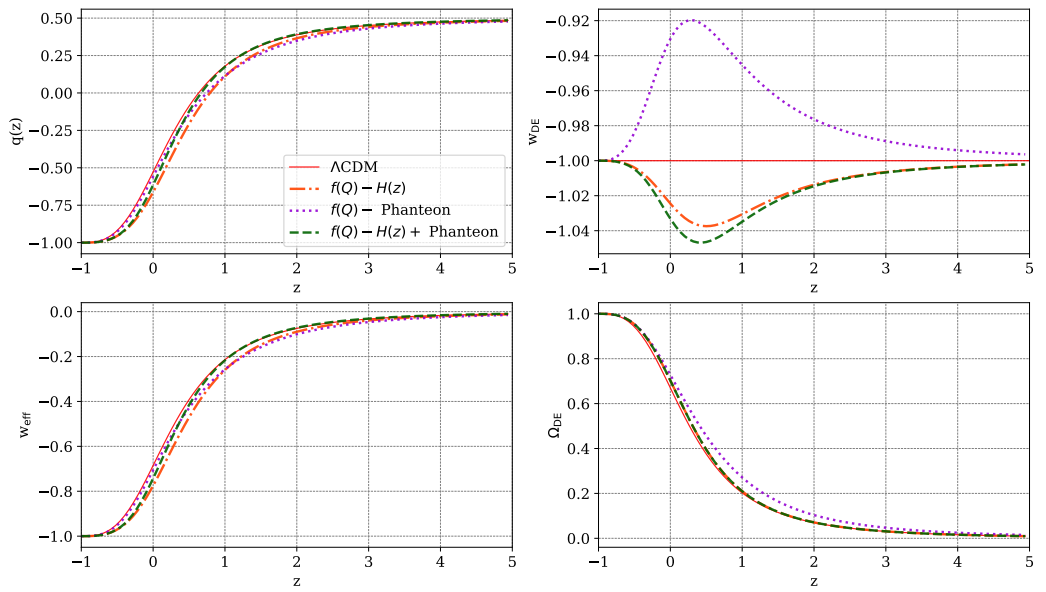This paper is available on arxiv under CC 4.0 license.
Authors:
(1) A. Oliveros, Programa de F´ısica, Universidad del Atl´antico;
(2) Mario A. Acero, Programa de F´ısica, Universidad del Atl´antico.
Table of Links
- Abstract and Intro
- The f(Q) gravity: a brief review
- Cosmological dynamics in late-time
- Parameter constraints
- Conclusions
- Acknowledgments and References
4. Parameter constraints

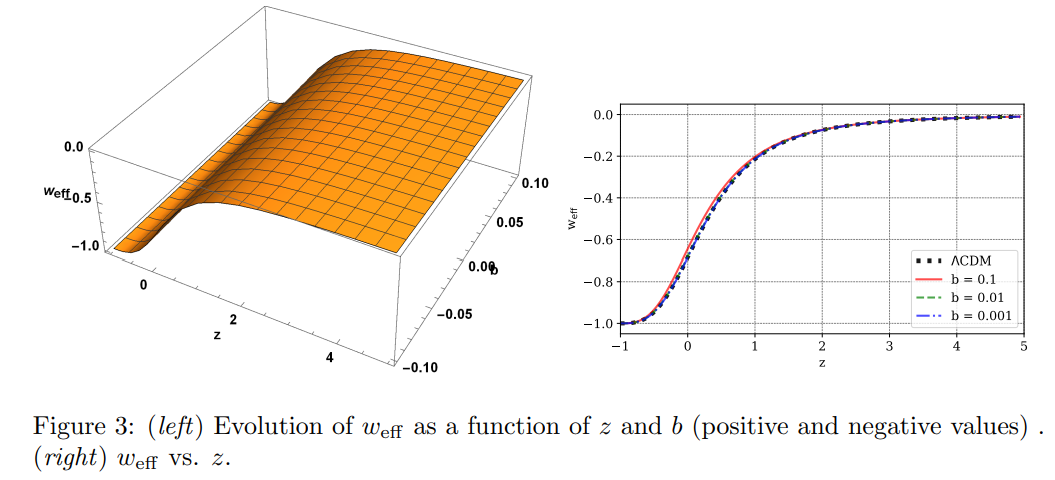
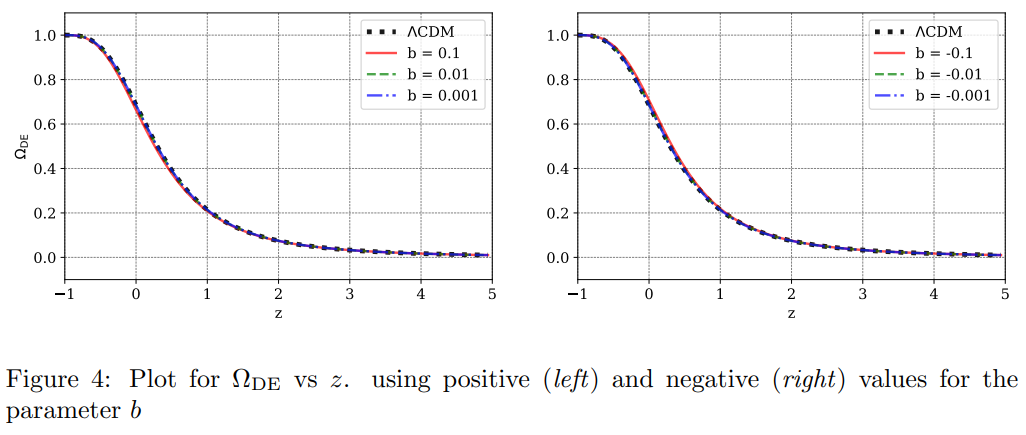
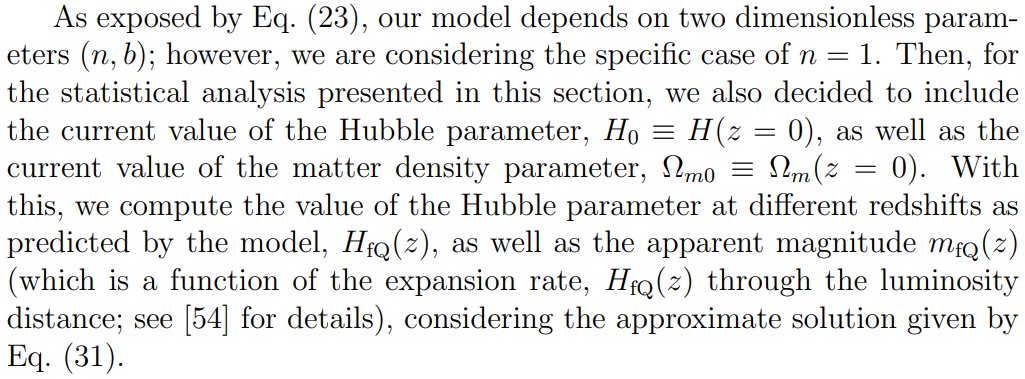
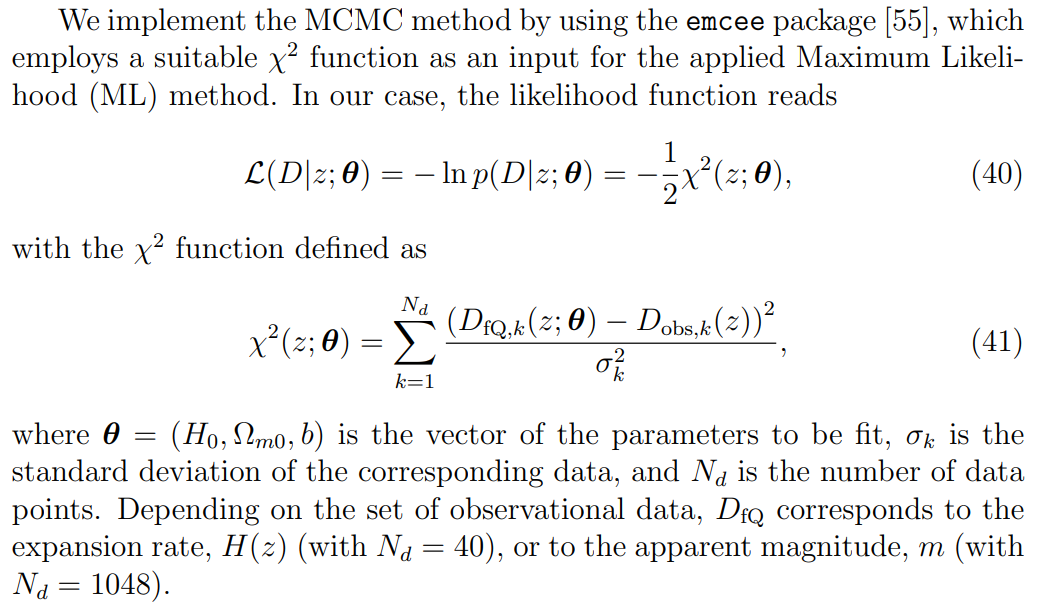

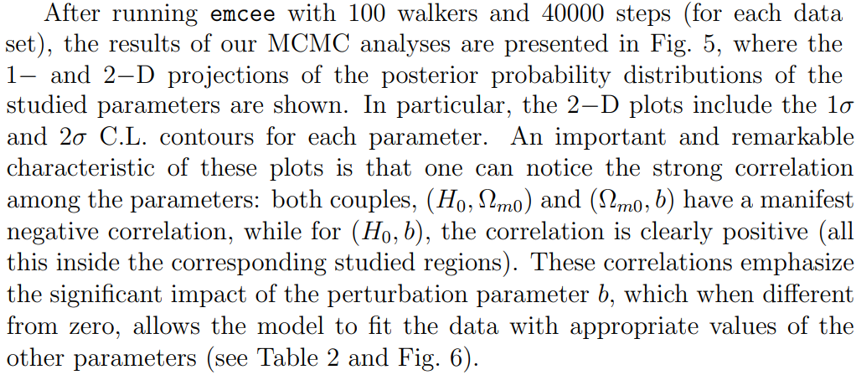

![Table 2: Resulting 1σ allowed intervals for the fitted parameters from the MCMC analysis. The values for the ΛCDM model are from Planck 2018 [56].](https://cdn.hackernoon.com/images/fWZa4tUiBGemnqQfBGgCPf9594N2-m1g30mx.png)

Now, as one would expect, the constraints on the parameters is stronger
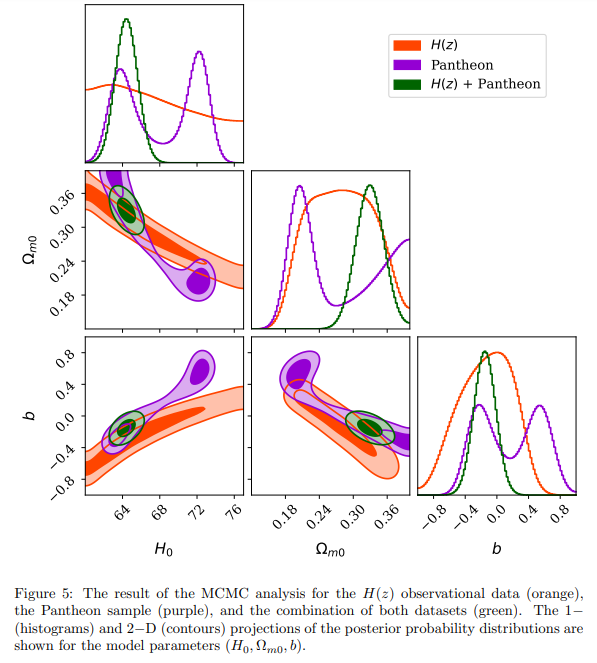
when the two datasets are combined in a joint analysis using
